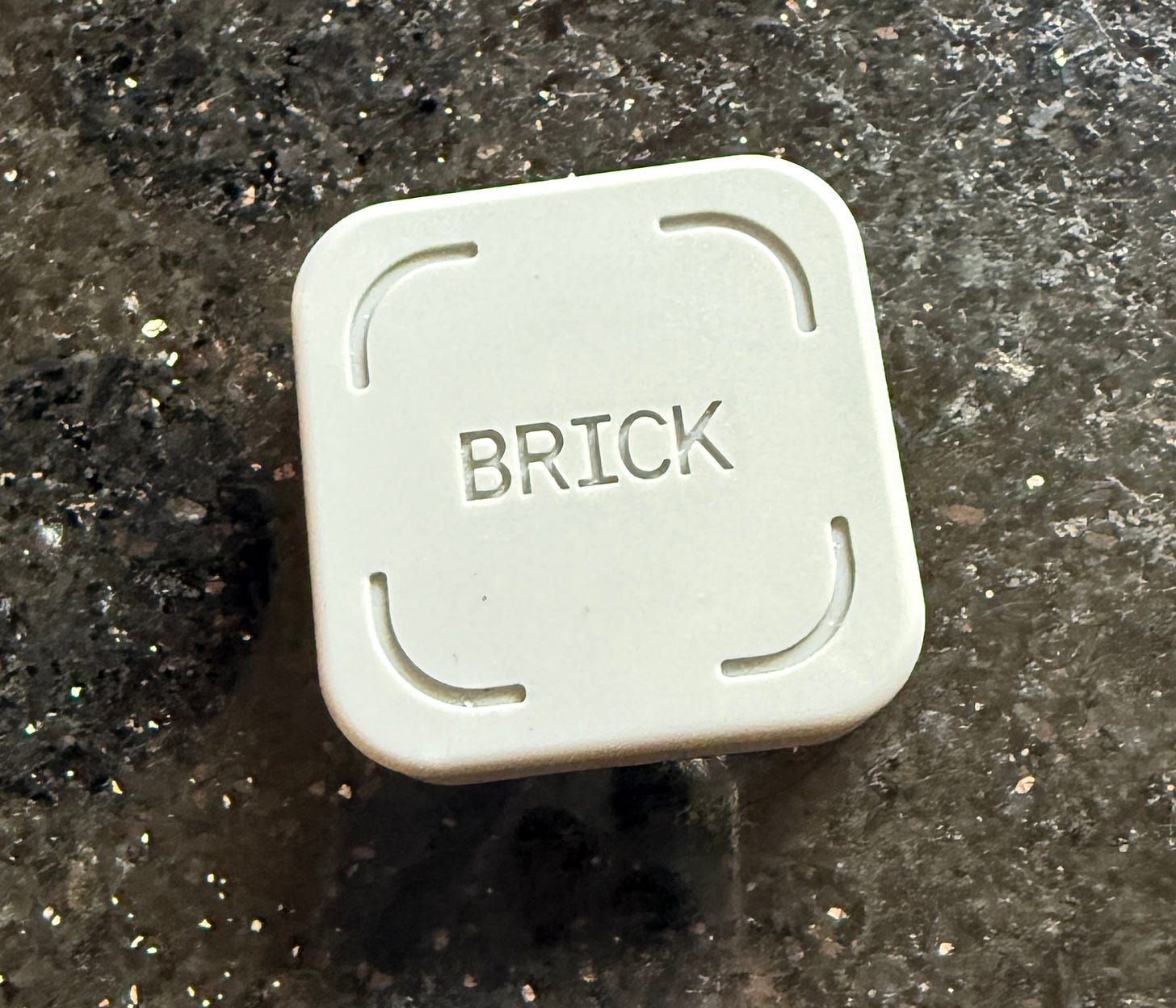A review of Brick, a little box that shuts down your phone
You've seen it on Instagram. You probably don't need it.
I've been looking for something to help me curtail my junk media habit, but nothing has worked. Instead of sitting by a guttering candle translating Ancient Greek, I burn the midnight oil scrolling past chihuahuas and pasta dishes on Instagram or endlessly refreshing Twitter and Bluesky in search of good news.
Enough. Basta.
So I bought the Brick. You’ve …
Keep reading with a 7-day free trial
Subscribe to Keep Going - A Guide to Unlocking Success to keep reading this post and get 7 days of free access to the full post archives.


